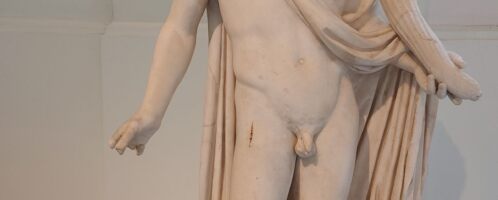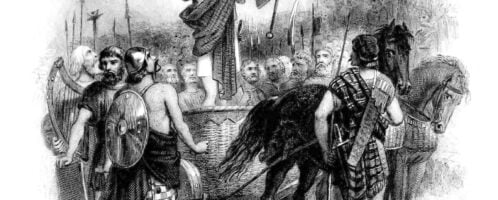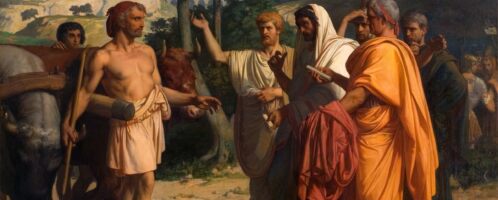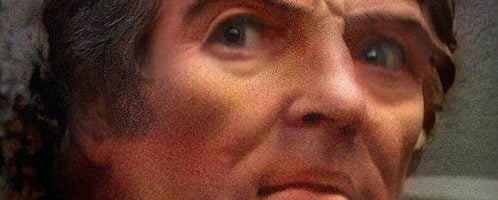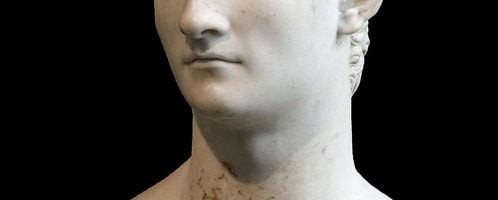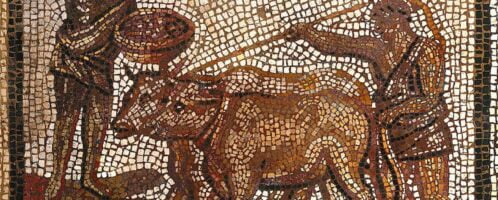Death of emperor Augustus
In ancient Rome, the brutal, violent death of the ruler was inscribed in the logic of power to such an extent that today it is often said that the profession of “emperor” was the most dangerous profession in the world. Of the twelve emperors who died in the first century CE, only four died naturally. Murder as a way to change power was so obvious that natural death always aroused suspicion and was a source of conjecture as to whether no one had contributed to it.

